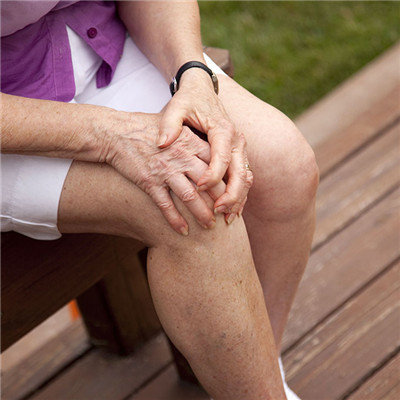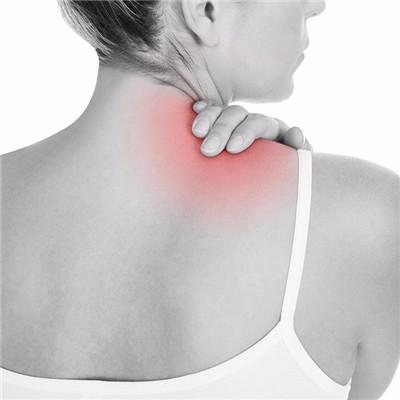Early symptoms of rheumatoid arthritis?
summary
Rheumatoid is a chronic disease, mainly due to autoimmune diseases, can invade all joints of the body, so we must attach great importance to rheumatoid disease. Because of their own carelessness, many people can't always pay attention to their own health. In fact, there are symptoms in the early stage of rheumatoid arthritis. What are the specific symptoms of rheumatoid arthritis? Now let's talk about them.
Early symptoms of rheumatoid arthritis?
In the early stage, there are red, swelling, heat, pain and dysfunction. In the late stage, there are different degrees of stiffness and deformity, and bone and skeletal muscle atrophy. It is a disease with high disability rate.

From the point of view of pathological changes, rheumatoid arthritis is a kind of extensive inflammatory disease, which mainly involves the synovium (later can affect articular cartilage, bone tissue, joint ligament and tendon), followed by serosa, heart, lung and eye and other connective tissue. Therefore, in addition to the above manifestations of arthritis, patients can also have other systemic manifestations, such as fever, fatigue, weight loss, subcutaneous nodules, pericarditis, pleurisy, peripheral neuropathy, eye lesions, arteritis, etc.

There are individual differences in disease condition and course of disease, ranging from transient and mild polyarthritis to rapidly progressive polyarthritis. Proximal interphalangeal joint, metacarpophalangeal joint, wrist, elbow, shoulder, knee and toe joint were the most common joints involved; Cervical spine, temporomandibular joint, sternoclavicular joint and acromioclavicular joint may also be involved with limited movement; Hip joint involvement is rare. Arthritis is often characterized by symmetrical, persistent swelling and tenderness, and morning stiffness often lasts more than 1 hour. The most common joint deformities were ankylosis of wrist and elbow, subluxation of metacarpophalangeal joint, ulnar deviation of fingers, swan neck and buttonhole pattern. Severe patients have fibrous or bony ankylosis of the joint, and lose joint function due to muscle atrophy and spasm around the joint, resulting in inability to take care of themselves. In addition to joint symptoms, there may also be extraarticular or visceral damage, such as rheumatoid nodules, heart, lung, kidney, peripheral nerve and eye lesions.

matters needing attention
Rheumatoid arthritis will give people a sense of pain, once the recurrence, so that people can't bear the pain, in order to not let patients experience the pain, we must pay attention to their own health in time, a little arthritis symptoms, go to the hospital in time, in order to avoid delaying the best time of treatment.











